Shooting the Savage A17
A .17 HMR Squirrel Rifle
feature By: Jim Matthews | July, 20
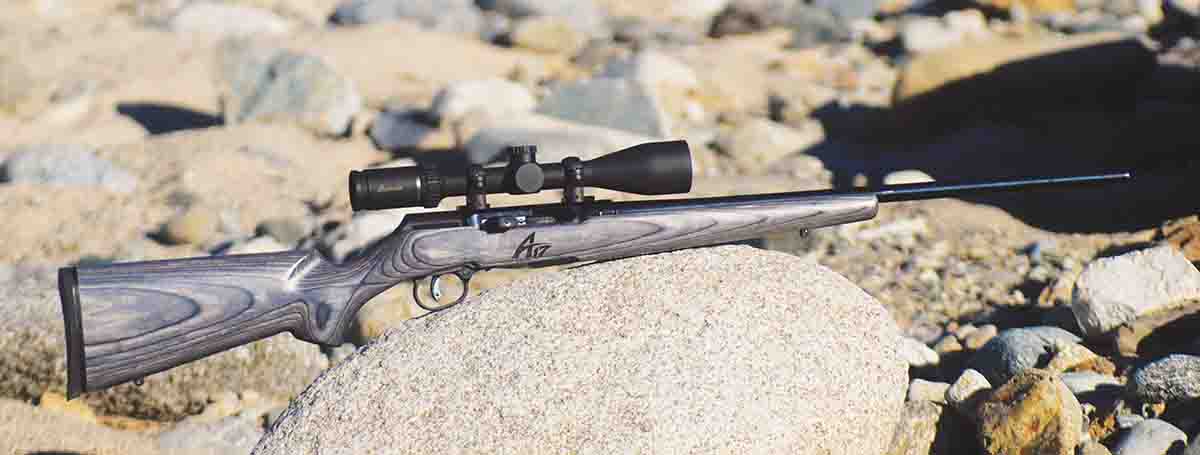
The Savage A17 may just be the quintessential jackrabbit/ground squirrel hunting rifle, finally fulfilling the dream many riflemen had since the little .17 Hornady Magnum Rimfire cartridge (HMR) was introduced in 2002. Almost immediately after it hit the market, thousands of small-game and varmint hunters fell in love with the .17 HMR round and its accuracy.
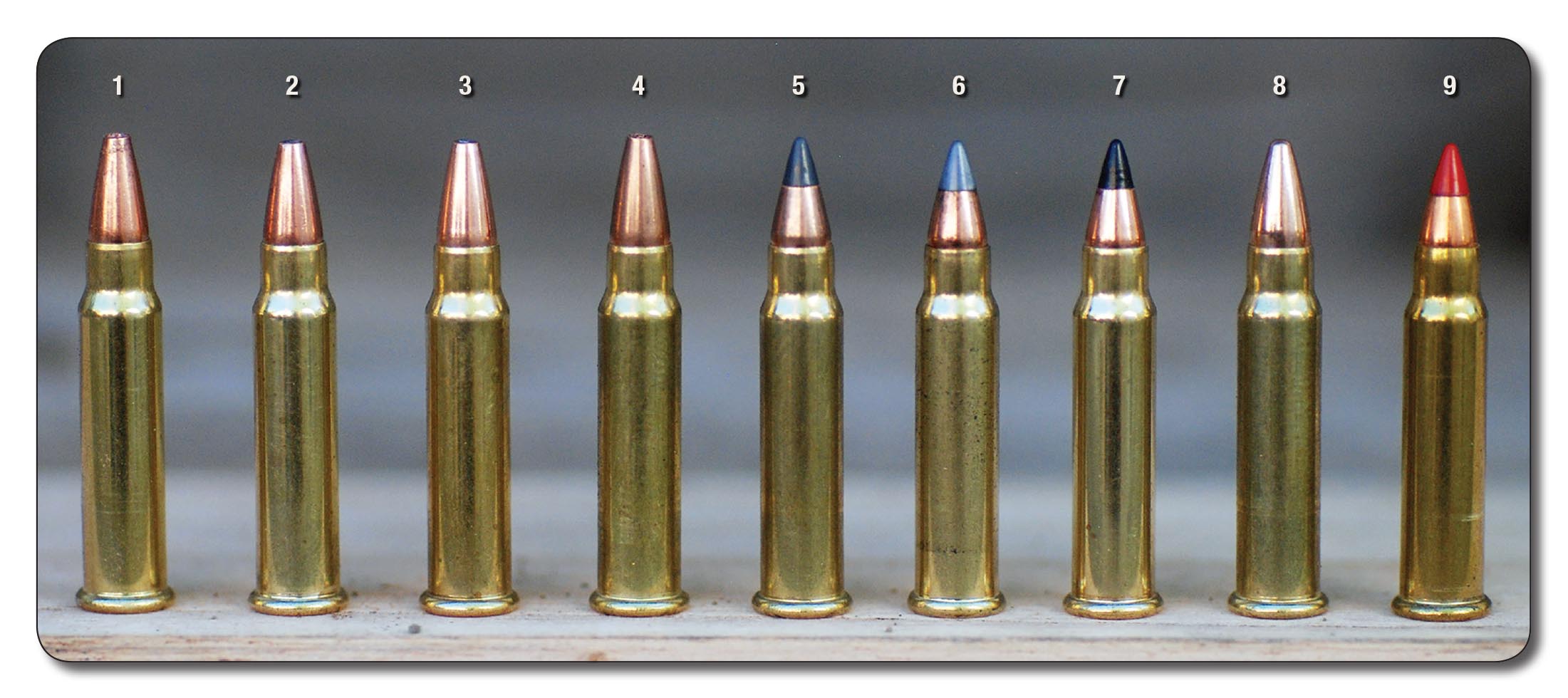
Bolt-action rifles would routinely shoot one-inch groups at 100 yards with the .17 HMR, and while the little round lost much of its impressive power past 75 or 80 yards, consistent hits were possible on little varmints out to an honest 200 yards or more on calm days. One of the little 17- or 20-grain polymer tipped bullets punched through the lungs of a fox, bobcat or coyote ended up in a dead predator, but they almost always ran off for some distance before expiring. After shooting literally hundreds of ground squirrels with the round in the first couple of years after its introduction, I had – like so many other varmint hunters – made this my “go-to” rimfire cartridge.
The one thing people wanted was a semiautomatic rifle in this caliber. Whether shooting running jackrabbits or chasing ground squirrels back to their burrows, a semiauto .17 HMR would be the perfect firearm. Almost immediately following the cartridge’s introduction, Remington started making its Model 597 in the .17 HMR, and made them from 2003 through 2007. Ruger announced in 2004 that it would have a 10/17 (a design based on the 10/22 action) available that year. But Ruger never released a single 10/17, and by 2009 Remington had issued a recall of every Model 597 chambered for the .17 HMR. The company left a sour taste in many shooter’s mouths by offering $250 coupons valid for new Remington rifles when the 597 was returned. Most had paid from $350 to $450 for a rifle that did not handle the round – many were sprayed with hot brass and gas when cases ruptured.
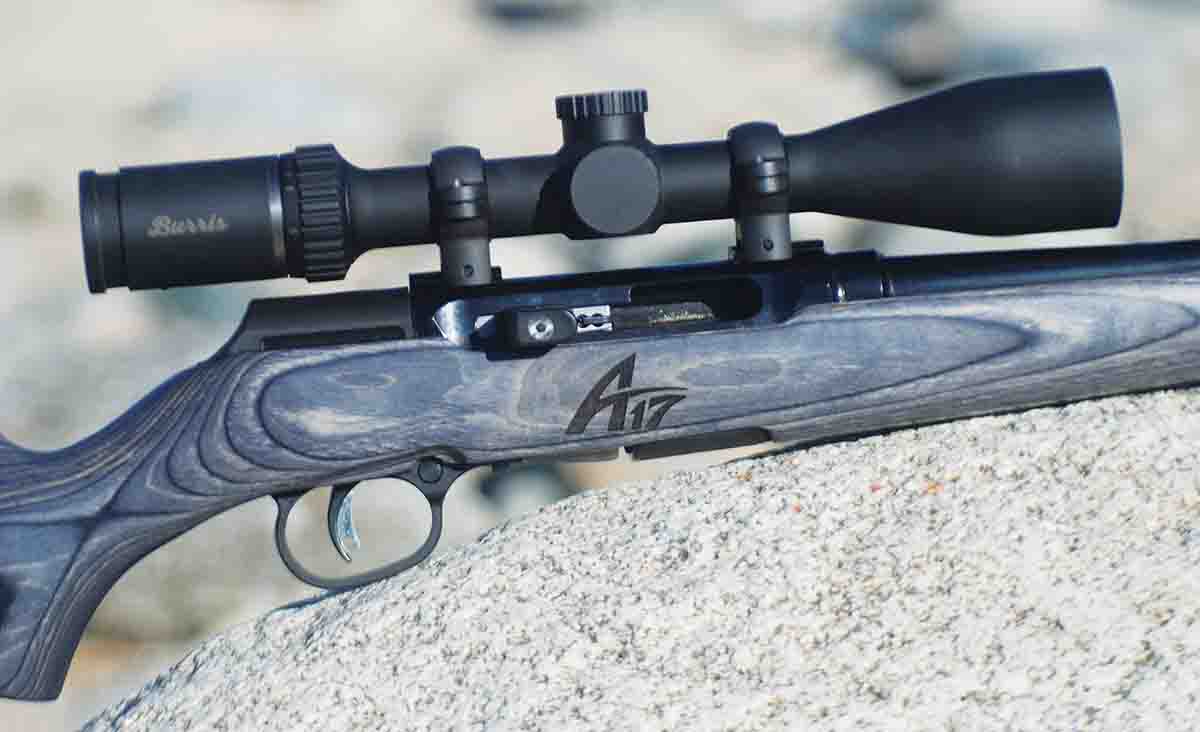
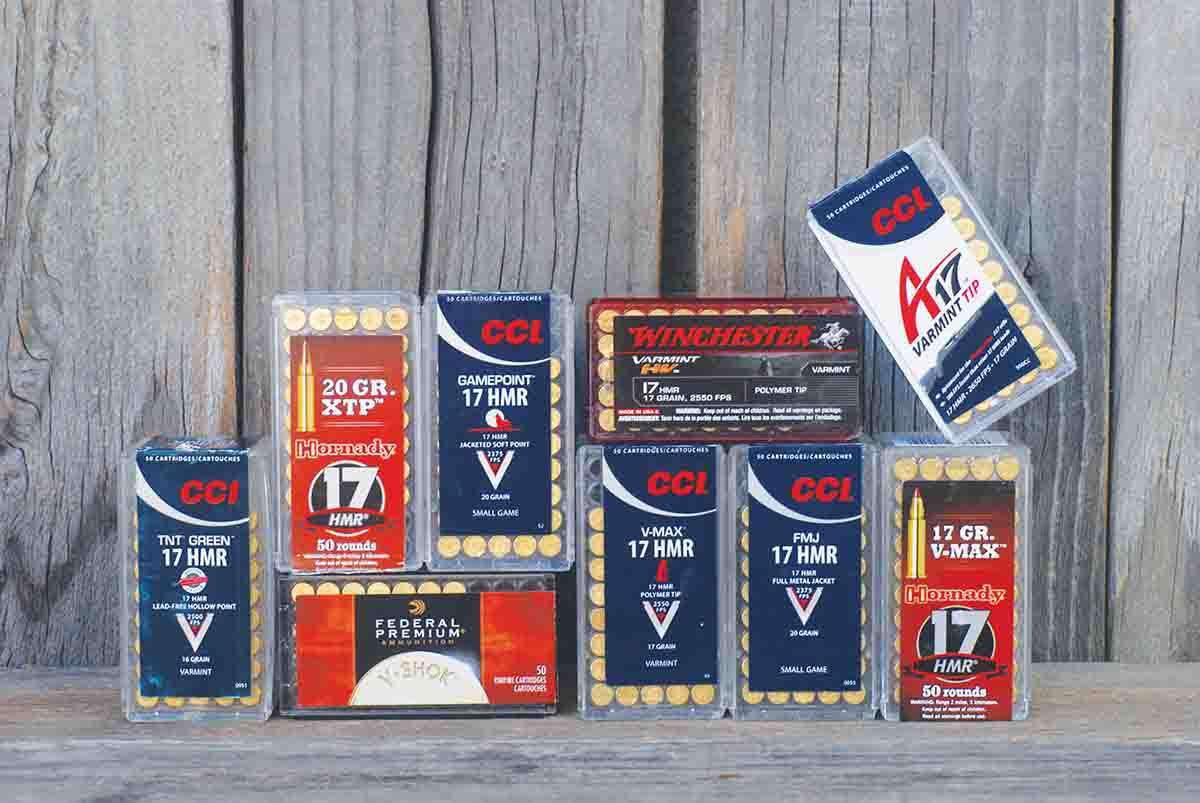
The problem, in a nutshell, was that the .17 HMR simply would not function in standard blowback actions like the Model 597 or 10/17. The sharp pressure curve of the new round had the bolt moving rearward before pressure peaked, and this left the thin rimfire brass unsupported by the chamber as it slid back with the bolt just as pressure peaked. Many cases ruptured and blew hot gas and brass particles rearward, usually down through the magazine. Rifles were damaged and some shooters experienced (mostly) minor injuries.
It was an ugly period in the history of the .17 HMR. Remington suggested that ammunition was not suitable for semiautomatic rifles while CCI, the maker of most of the .17 HMR ammunition on the market (regardless of how the boxes were marked), said the ammunition met SAAMI specifications. As it turned out, both were right. There was not a blowback action semiautomatic on the market at that time that would operate properly with the ammunition, and the rounds were manufactured to required specifications.
The furor faded, but the clamor for a functional semiautomatic .17 HMR never waned. Savage engineers finally came up with a solution to the onerous problem. The A17 rifle is that solution, and it has what Savage calls a “mechanically delayed blowback action.”
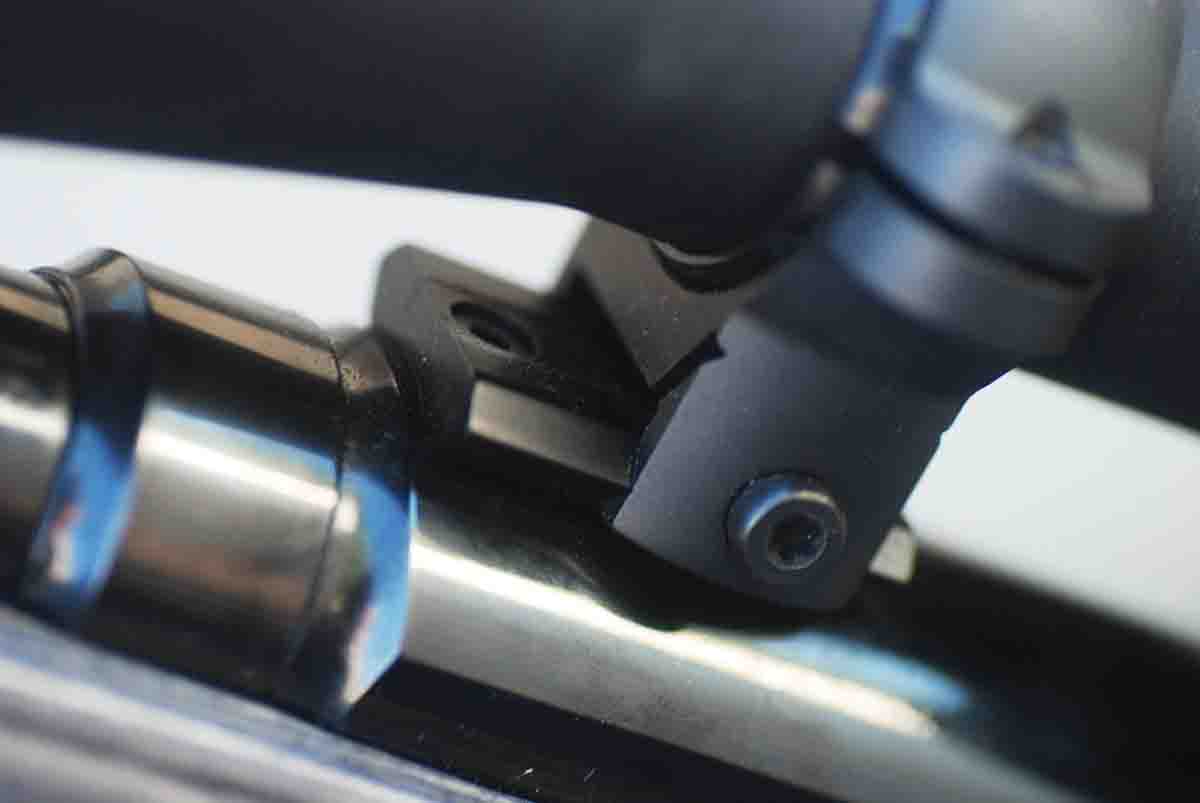
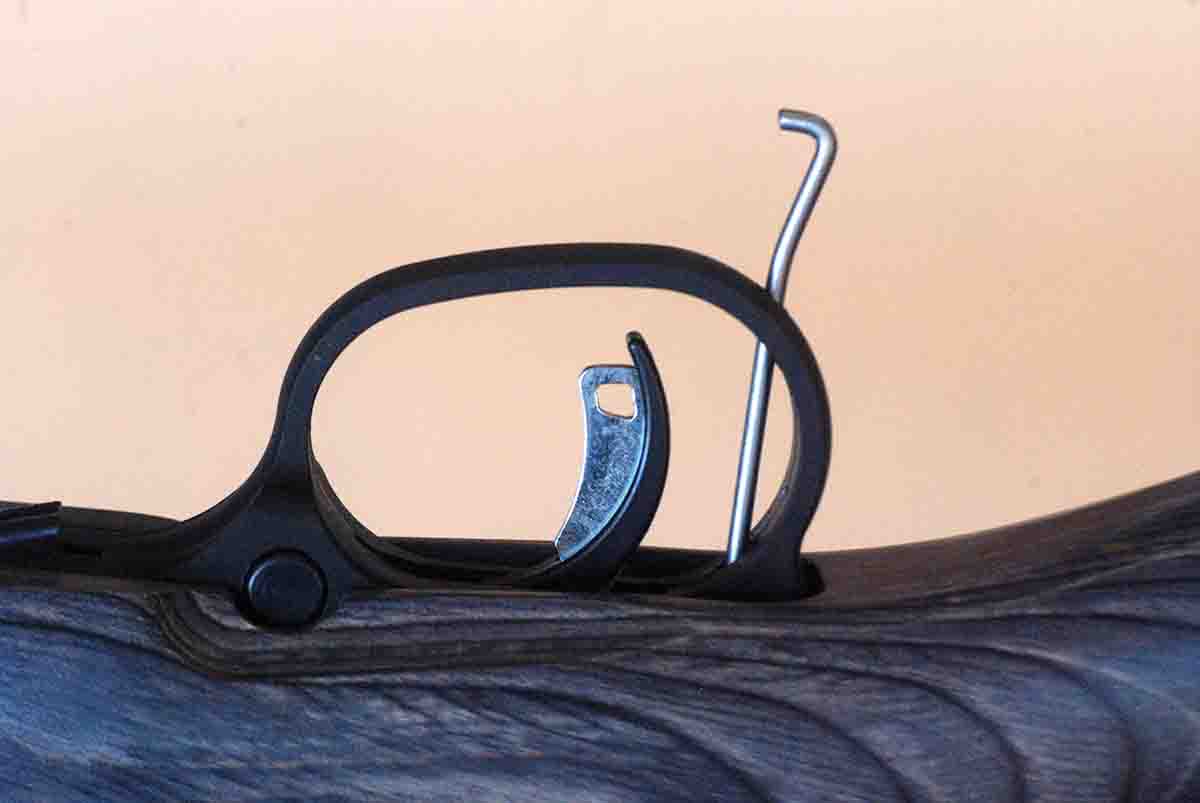
Savage indicates more than a half-million rounds were fired to make sure the simple, mechanical mechanism worked without any brass failures. If my two cents and another 500 or so rounds shot through the rifle are worth anything, it reaffirms what Savage and CCI engineers knew: This semiautomatic works with the .17 HMR without any mishaps.
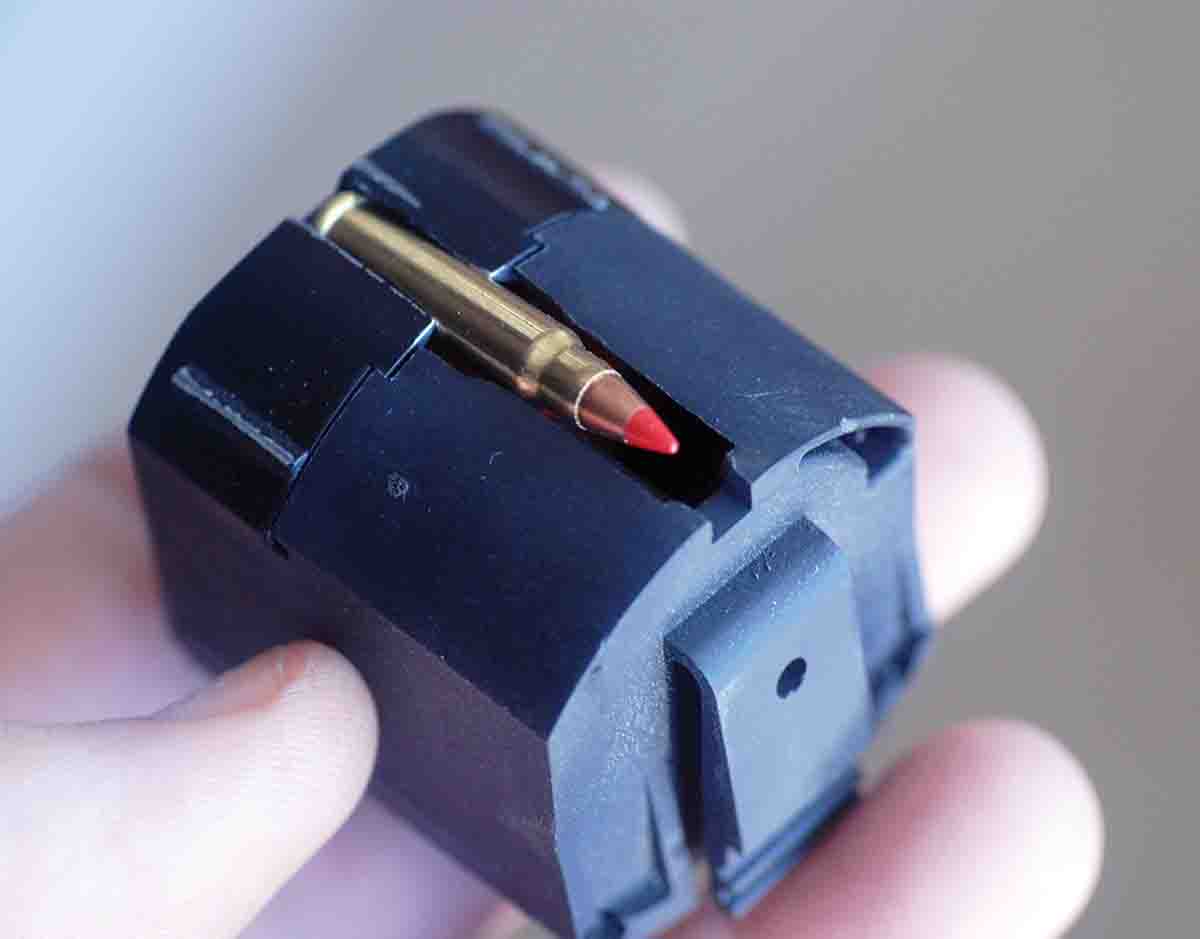
The delayed blowback action is the heart of the A17, but the rifle also has Savage’s adjustable AccuTrigger system. While Savage’s centerfire rifles require the removal of the stock to adjust the trigger, the rimfires all allow for external adjustment. By inserting the included tool through a hole in the A17’s trigger guard and down into the trigger mechanism, you can adjust the weight of pull from between about 3.75 pounds up to about 6 pounds.
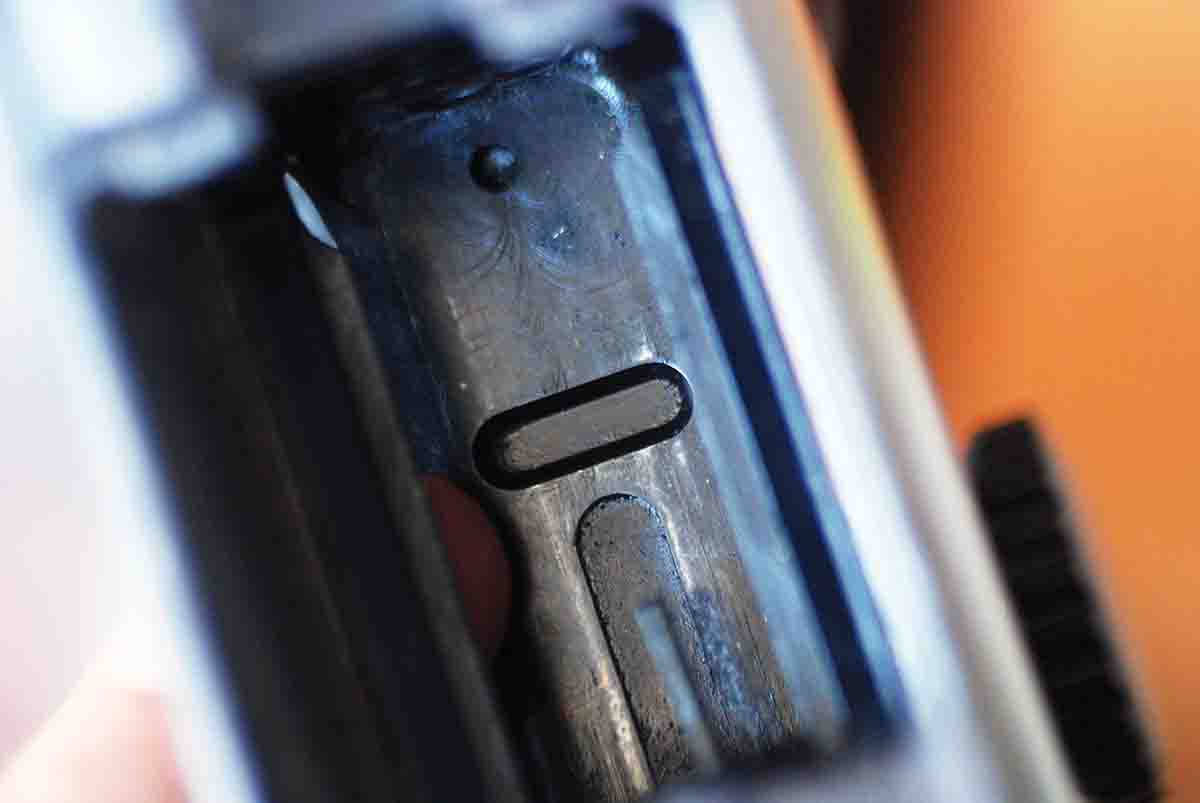
Today, the A17 is offered in four basic configurations. You can get the standard weight barrel for a rifle that weighs 5.6 pounds on the basic model with a synthetic black stock, or one of the three versions with a slightly heavier “target” barrel. The A17 Sporter has a gray laminated wood stock and weighs 6.8 pounds. The A17 TGT Thumbhole has a gray laminated thumbhole stock with a fluted heavy barrel and weighs just over 7 pounds. Finally, the A17 Pro Varmint features a black Boyds Pro Varmint stock and a straight-fluted heavy barrel weighing in at 7.4 pounds. This model has a Picatinny rail, while the others feature Weaver-style bases pre-mounted on the rifle. None of the options have iron sights.
The polymer-stocked standard rifle is not the most attractive gun in the A17 stable, but the gray laminated stocked A17 Sporter version tested here is a snappy looking rifle.
The A17 has a removable bolt and firing pin/spring assembly that allow for cleaning the barrel from the rear, just like a bolt action. The plastic housing shroud that covers the remainder of the action has a small hole. By inserting a 1⁄8-inch punch (The AccuTrigger adjustment tool that comes with the gun works fine), you can depress the firing pin/spring assembly and pop off the shroud. With the shroud removed, the spring and firing pin assembly easily slides rearward out of the bolt. This assembly also holds the bolt handle in place. Once the firing pin/spring assembly is removed, the handle can be slipped from the bolt. This allows the bolt to slide out the back of the action. With the bolt removed, you can now clean the rifle from the rear, and clean and oil the bolt assembly. The Savage Arms website has a short video on how to do this that is far better than the written directions that come with the rifle, and it is much simpler than it sounds.
.jpg)
The A17 comes with a 10-round rotary box magazine that fits flush with the bottom of the stock. It is released by depressing a finger-wide lever at the front of the magazine, and there is ample room in a recess in front of this lever for a fingertip. Once accustomed to the operation, the magazine is easy to swap out quickly. In my particular sample, the magazine did not lock up into the action far enough to allow for consistent feeding after about 150 rounds were fired from the gun, and it eventually became a straight-pull repeater where I had to apply upward pressure on the rear of the magazine to assure it was far enough up in the action for the bolt to grab a new round on its forward travel. Since the A17 had been on the market for nearly a year when I did my testing, I checked a large chain firearms retailer in Southern California where I live – Turner’s Outdoorsman – and the staff there assured me it had not had a single report of a similar problem (or any problems) with the A17.
.jpg)
The test rifle shot as well or better than many of the bolt-action .17 HMRs tested over the past 15 years. Accuracy testing was done with nine loads, using everything from 16-grain non-lead bullets up to 20-grain softpoints and hollowpoints. Five of the loads are made up with 17-grain polymer-tipped bullets. Most were shot at 50 yards, but I did shoot a few groups at 100 yards.
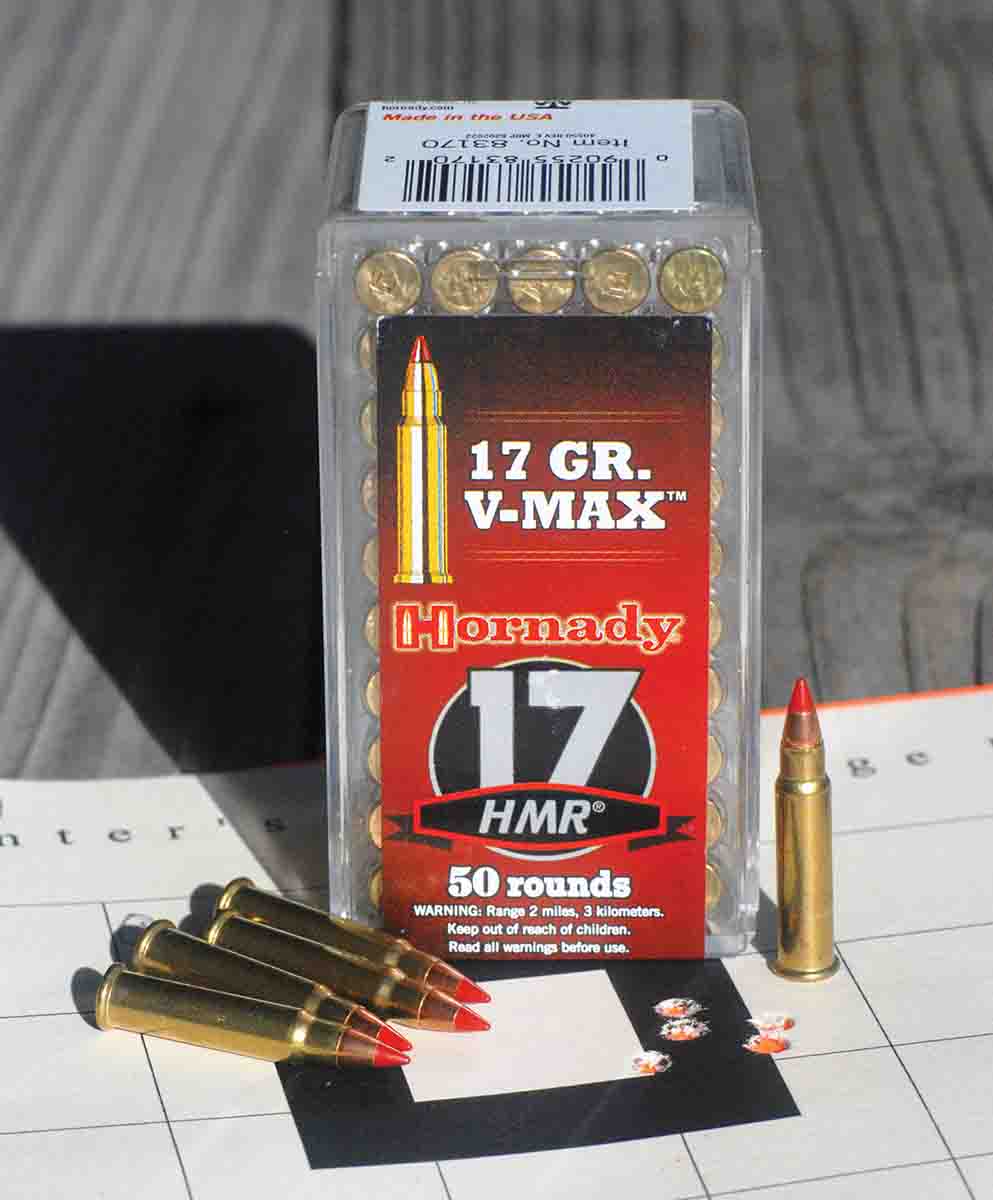
The rifle was fitted with a Burris Fullfield E1 4.5-14x 42mm riflescope using Burris Z-rings mounted on the Weaver-style bases that come with the rifle. This scope has an adjustable parallax that allows for a 50-yard setting that made it ideal for this rifle.
During testing, the classic 17-grain polymer-tipped bullet from Hornady and CCI both shot groups around three-quarter inch at 50 yards, but the best group shot was with the 20-grain CCI Gamepoint load, a half-inch gem. Overall, the loads together produced decent accuracy at 50 yards, and all of the 100-yard groups shot were at 1.5 inches or under. Or, as a good friend calls this level of rimfire accuracy, they were all “minute of squirrel.”
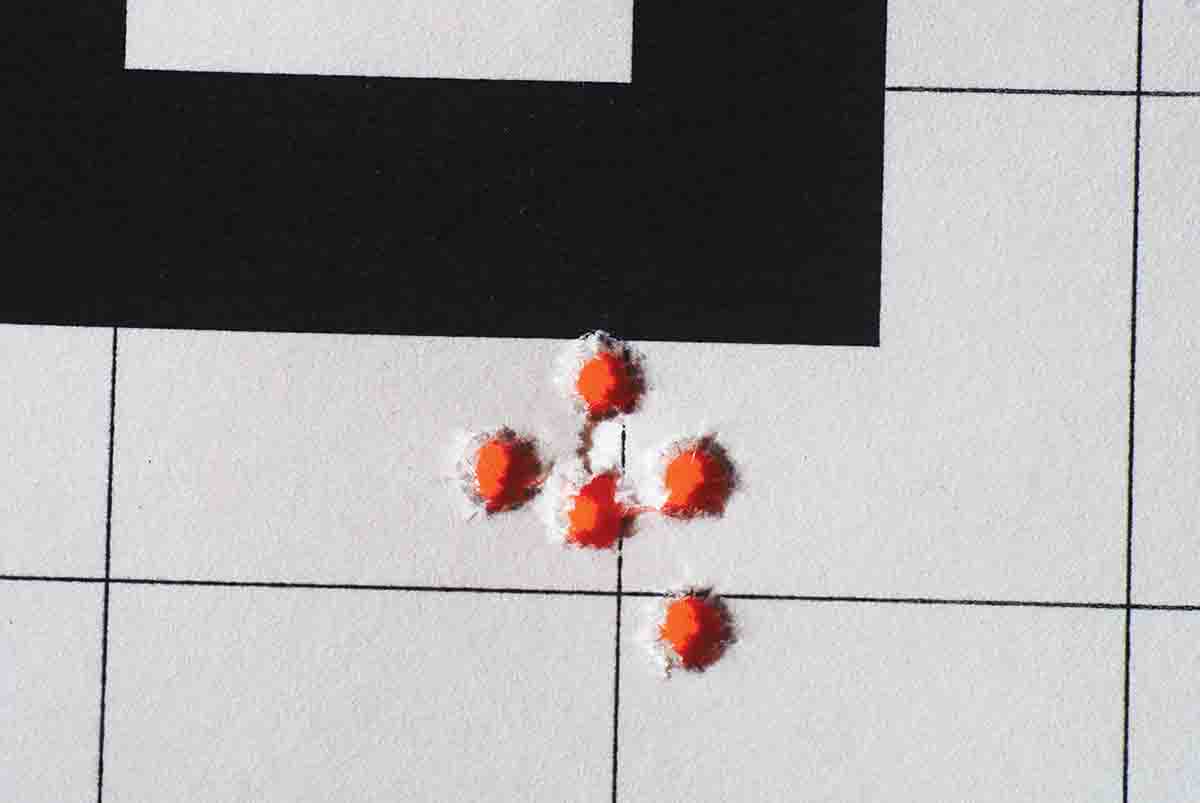
The Savage A17 is not an inexpensive rimfire rifle, with the basic versions retailing at $479 and the upgraded version I shot about $100 more, but it finally answers the small-game hunter’s dream of a functional semiautomatic .17 HMR.


